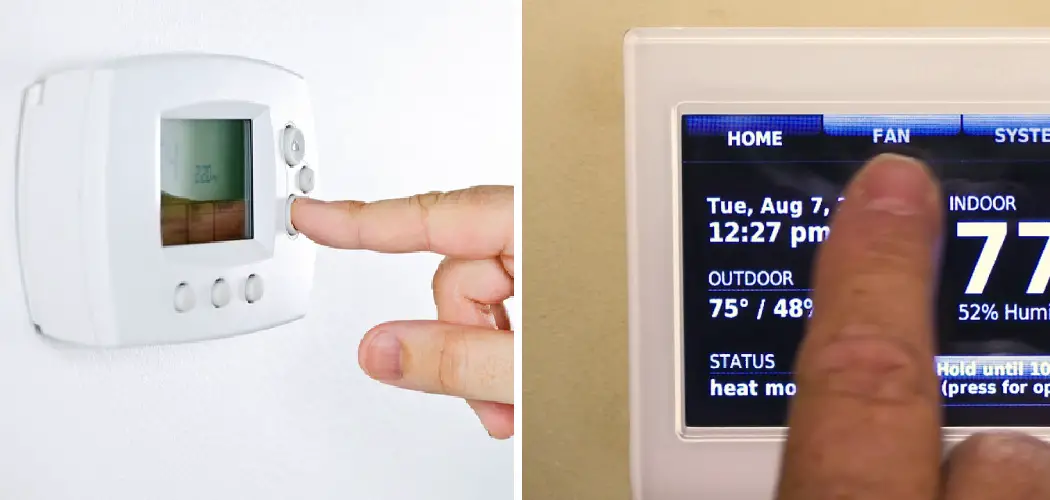Understanding how to use emergency heat on heat pump is essential for maintaining comfort and safety in your home during the coldest months. Heat pumps are a popular choice for climate control in many homes due to their efficiency and dual heating and cooling function.
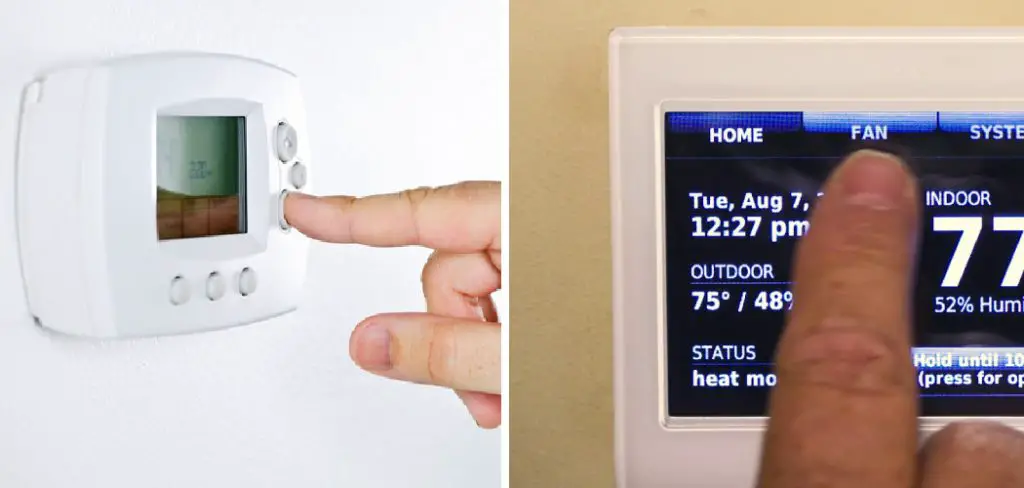
However, during extreme cold, the efficiency of a heat pump can decline, making the emergency heat function a critical feature. This article aims to provide a comprehensive guide on how to use emergency heat on heat pump, delineating the importance of this function, offering a primer on heat pump systems, and outlining the scope of the discussion to follow.
Whether facing extreme weather conditions or unexpected system malfunctions, knowing how to effectively engage your heating system’s emergency heat can significantly improve your comfort and safety.
Understanding Emergency Heat
A. Explanation of Emergency Heat Functionality
Emergency heat, often referred to as “auxiliary” or “backup” heat, serves as a secondary heating source integrated into heat pump systems.
This function bypasses the heat pump’s standard operation, which draws heat from the outside air to directly engage an alternative heating mechanism. Often, this involves electric resistance heaters, similar to the coils found in a toaster, providing immediate heat within the home.
This mode is particularly useful when external temperatures drop to a point where the heat pump’s efficiency is compromised or when the system cannot extract enough heat from the outside air to maintain the desired indoor temperature.
B. Reasons for Using Emergency Heat
There are several key scenarios where using emergency heat becomes necessary. The most common is during exceptionally cold weather, where the heat pump’s capacity to transfer heat from the outdoor environment is insufficient.
Additionally, switching to emergency heat can provide a temporary heating solution while awaiting repair if there’s a malfunction within the heat pump’s components—such as the outdoor unit freezing up or a failure in the system’s refrigeration process.
It’s also a viable option in the rare event of a systemic failure, ensuring that residents remain warm until professional service can be arranged.
C. Differentiating Between Regular Heat and Emergency Heat
Understanding the difference between regular and emergency heat is crucial for efficient and economical operation. During normal use, a heat pump transfers warmth from outside to inside, efficiently heating the home even in mildly cold conditions.
This process is energy-efficient and cost-effective, as it simply moves heat rather than generating it. In contrast, emergency heat activates an internal heating element that generates warmth directly inside the system, consuming more electricity due to its resistive heating method.
While effective in maintaining warmth, it’s significantly less efficient and more costly over prolonged periods. Recognizing when to use emergency heat judiciously can lead to optimal comfort without incurring unnecessary energy expenses.
Situations Requiring Emergency Heat
Emergency heat becomes an essential function of a heat pump system under specific conditions that challenge the normal heating process. These situations require the homeowner to activate the emergency heat to maintain indoor warmth and safety. Below are detailed scenarios where engaging the emergency heat setting is advisable:
A. Extreme Cold Weather Conditions
Heat pumps are most efficient in milder cold conditions. However, when temperatures plummet to extreme lows, the system’s ability to extract heat from the outside air diminishes significantly.
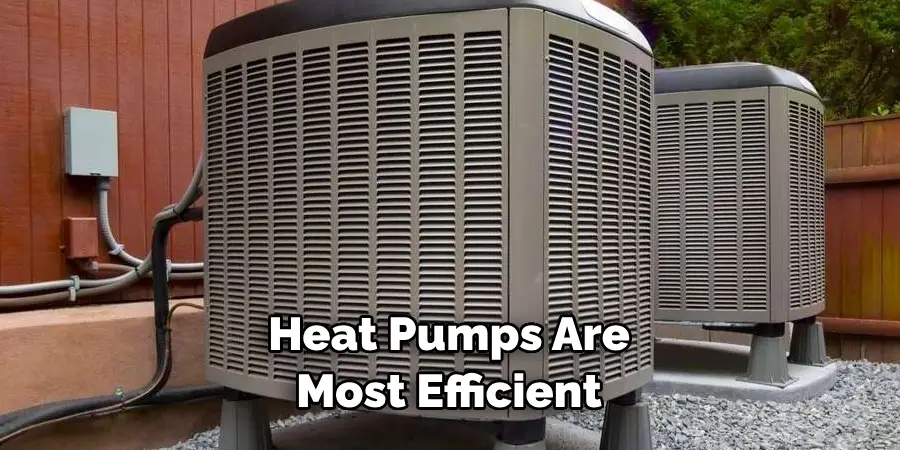
In such scenarios, relying on the standard operation of a heat pump may not provide sufficient heating to maintain comfortable and safe indoor temperatures.
Emergency heat, utilizing a backup heat source such as electric resistance heaters, becomes necessary to ensure the home remains warm. This scenario is one of the most straightforward indicators of the need to switch to emergency heat.
B. Malfunction of Heat Pump Components
Heat pump systems are complex and consist of various components working harmoniously to transport heat efficiently.
When there is a malfunction in any critical part of the system—be it the outdoor unit freezing over, a breakdown in the refrigeration cycle, or a failure of the compressor—the efficiency and functionality of heat transfer are compromised.
Under these circumstances, to prevent a complete lack of heating, activating the emergency heat allows the home to stay warm until repairs can be made, ensuring that the malfunction does not lead to discomfort or potential health risks from the cold.
C. Power Outages or System Failures
In the event of a power outage or a significant system failure, the standard heating method may not operate, leaving the occupants without heat.
While emergency heat cannot function without electricity, during partial system failures—where the primary heat pump function is compromised but the overall system remains powered—switching to emergency heat provides an interim solution.
This measure is particularly vital during extreme weather conditions, where maintaining a warm indoor environment is crucial for safety and comfort until the primary system can be restored or the power outage ends.
Locating Emergency Heat Setting
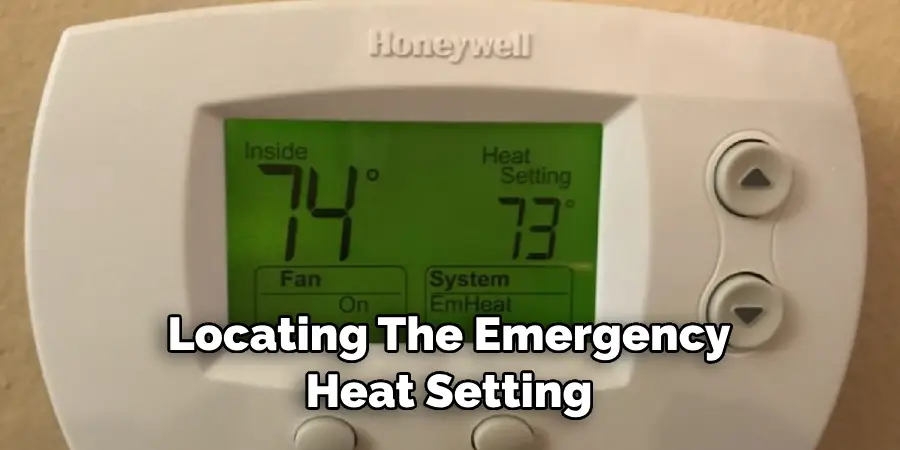
Locating the emergency heat setting on your heating system is paramount to ensuring you can quickly activate it whenever the need arises. This section will guide you through identifying the emergency heat activation mechanisms of various types of thermostats.
A. Identifying the Emergency Heat Switch or Button on the Thermostat
The emergency heat switch or button is typically labeled as “EM Heat,” “Emergency,” or “Aux Heat” on most traditional thermostats.
It is often found as a physical switch that you can toggle or a dedicated button that can be pressed. This switch directly initiates the emergency or auxiliary heating function, bypassing the heat pump’s normal operation.
It’s essential to familiarize yourself with its location and operation before you find yourself in a situation where you need it.
B. Accessing Emergency Heat Option on Digital Thermostats
With digital or smart thermostats, the process of activating emergency heat might involve navigating through menus.
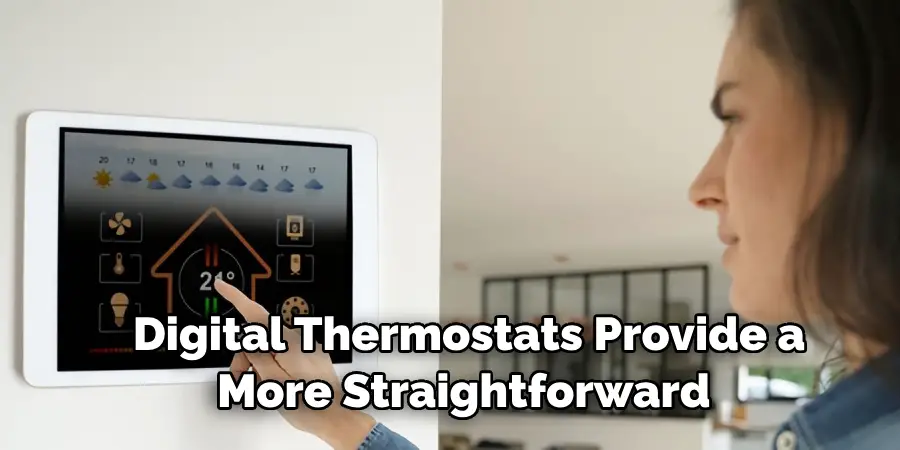
Usually, you can find the option under settings labeled similarly to traditional thermostats’ emergency heat indications. Some digital thermostats provide a more straightforward method with a dedicated icon or area on the touchscreen that you can tap to activate emergency heat.
The specific steps can differ significantly because interfaces vary widely across different models and manufacturers.
C. Consulting User Manual for Specific Instructions
If you’re unsure how to activate the emergency heat function, the best source of information is the user manual for your thermostat or heating system. Manufacturers provide detailed instructions on locating and activating the emergency heat setting.
If you no longer have the manual, many manufacturers offer digital copies on their websites. Additionally, customer support from your thermostat or heat pump manufacturer can provide guidance over the phone or via online resources.
How to Use Emergency Heat on Heat Pump Activating Emergency Heat
Activating the emergency heat mode on your heating system is a crucial step in ensuring your home remains warm and safe during extreme cold conditions or when your heat pump malfunctions. This section provides a step-by-step guide to efficiently switch to and manage emergency heating.
A. Switching Thermostat to Emergency Heat Mode
To activate the emergency heat mode, first locate the emergency heat switch or button on your thermostat, as described in the previous section.
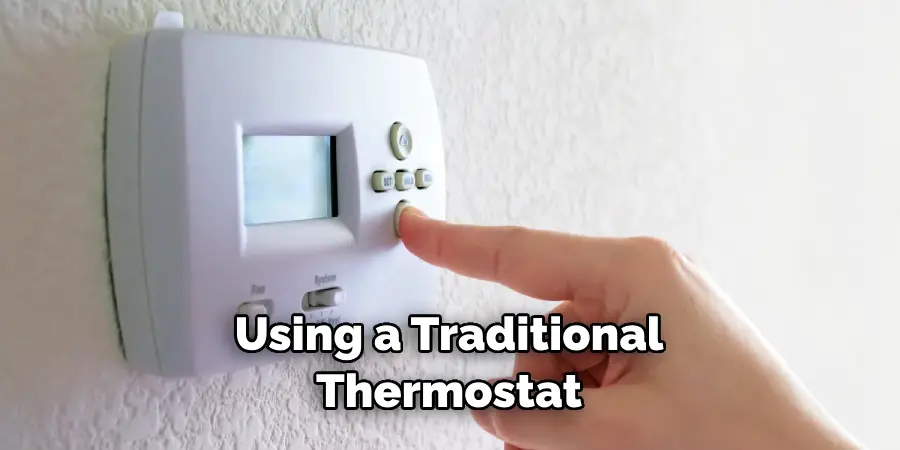
If you are using a traditional thermostat, flip the switch or press the button labeled “EM Heat,” “Emergency,” or “Aux Heat.” For digital or smart thermostats, navigate through the settings menu until you find the option for emergency heat and select it.
The system will bypass the standard heat pump operation and start using the auxiliary heating source. A confirmation may appear on the display, or you may hear a click indicating that the system is now in emergency heat mode.
B. Setting Desired Temperature for Emergency Heating
Once the system is in emergency heat mode, it’s important to set a desired temperature that will keep your home comfortably warm without overburdening the emergency heating source.
Consider setting the thermostat a few degrees lower than your normal preferred temperature to conserve energy, as the resistive heating method used in emergency heat mode is less efficient and can lead to higher electricity costs.
A setting between 68°F to 70°F (20°C to 21°C) is often a good balance between comfort and energy conservation.
C. Ensuring Proper Operation of Emergency Heat
After switching to emergency heat and setting the desired temperature, monitor the system to ensure it operates correctly.
You should feel warm air coming from the vents shortly after activation. It’s also important to listen for any unusual noises or signs of malfunction. Regularly check that the temperature in your home is maintained at the set level and adjust if necessary.
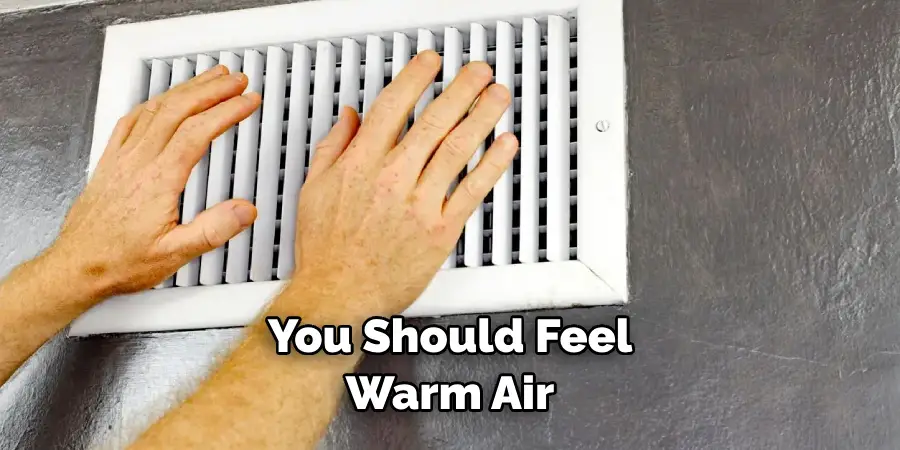
If your home does not warm up or if you encounter any issues with the emergency heating system, contact a professional for assistance. Remember, emergency heat is meant for short-term use until the regular heating system can be repaired or until extreme weather conditions improve.
How to Use Emergency Heat on Heat Pump: Understanding Emergency Heat Operation
Emergency heat operation serves as a vital backup heating method, ensuring your home remains warm if the primary heat pump system fails or during extreme cold weather conditions that exceed the heat pump’s operating range. This section elaborates on how emergency heat functions, its reliance on alternative heating sources, and its role during standard operations.
A. Description of Emergency Heat Operation
Emergency heat mode operates by bypassing the standard heat pump system, which typically transfers external air to heat the home. Instead, it activates an auxiliary or secondary heating source within the system, such as electric resistance heaters, to provide warmth directly.
This mode is especially useful when temperatures drop below the heat pump’s effective range, usually around or below freezing, where extracting heat from the outside air becomes highly inefficient or nearly impossible.
B. Utilization of Backup Heat Source (e.g., Electric Resistance Heat)
The backup heat source, often electric resistance heating, is a crucial component of the emergency heat operation. Unlike heat pumps, which work by transferring heat, resistance heating generates heat through electric resistance. This is similar to how a toaster converts electricity directly into heat.
While this method is more energy-intensive and can result in higher utility bills, it provides a reliable and immediate source of heat in situations where the primary system cannot function effectively.
C. Functionality of Emergency Heat During Normal Operations
During regular operations, the emergency heat setting remains inactive, allowing the heat pump to efficiently heat the home by transferring heat from the outside air. However, should the system detect conditions unsuitable for efficient heat pump operation — such as extreme cold or a malfunction of the primary system — the thermostat can automatically or manually switch to emergency heat to maintain indoor comfort.
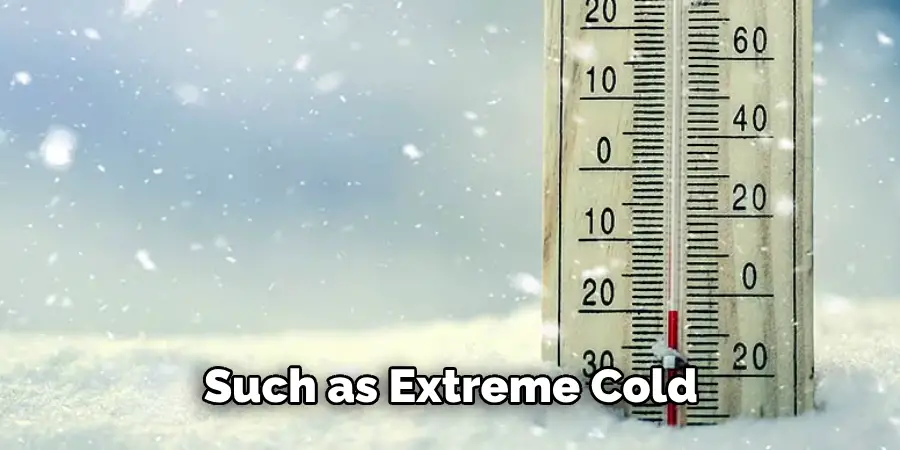
It’s essential to understand that while the emergency heat setting is a valuable feature for maintaining warmth, its use should be judicious to avoid unnecessarily high energy consumption.
Monitoring Emergency Heat Usage
Efficient use of the emergency heat mode is crucial for maintaining comfort while keeping energy costs in check.
Proper monitoring and understanding of the system’s operation during this mode can prevent unnecessary use and energy wastage. Below are key areas to focus on for effective monitoring.
A. Observing Thermostat Display for Emergency Heat Indication
The first step in monitoring emergency heat usage is to observe the thermostat display closely. Most thermostats will have a clear indication when the system is operating in emergency heat mode, often displayed as “EM Heat,” “Emergency,” or a specific symbol.
This indicator not only confirms that the system has switched to emergency heat mode but also serves as a reminder to homeowners to be mindful of their energy consumption during this period. Regularly checking the thermostat can help ensure the system is only in emergency heat mode when absolutely necessary.
B. Monitoring Energy Usage During Emergency Heat Operation
Understanding the impact of emergency heat on your energy consumption is vital. Emergency heat mode, especially when relying on electric resistance heating, is significantly less efficient than the heat pump’s standard operation, leading to higher energy use and increased costs.
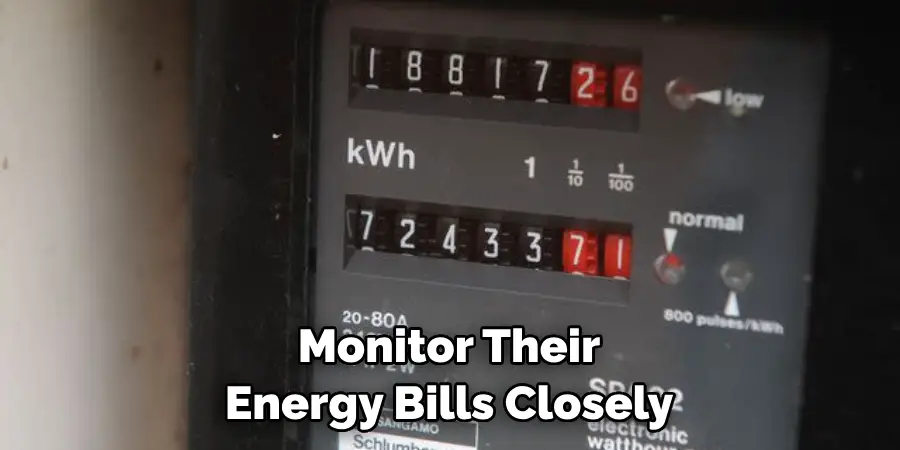
Homeowners should monitor their energy bills closely during periods of emergency heat usage or consider using an energy usage monitor to track consumption in real-time. This vigilance can help identify potential savings by adjusting the thermostat settings or reducing the reliance on emergency heat.
C. Noting Changes in Heating System Performance
Monitoring the performance of your heating system while in emergency heat mode is essential. Changes in system performance, such as longer run times to achieve the same level of warmth or variations in the warmth of the air being emitted from vents, can indicate issues with the emergency heating source or the system overall.
Identifying these changes early can help homeowners address potential problems before they escalate, ensuring the emergency heat source is available and functioning efficiently when needed.
Regular performance checks, along with prompt professional maintenance, can prolong the life of your heating system and ensure it operates effectively during critical times.
Precautions and Considerations
Efficient and safe operation of your home’s heating system, especially when utilizing emergency heat, necessitates a proactive approach to maintenance and understanding its limitations.
This section outlines crucial precautions and considerations to ensure the longevity and effectiveness of your HVAC system.
A. Importance of Regular HVAC Maintenance
Regular HVAC system maintenance is paramount to its performance, safety, and efficiency. Scheduled check-ups can prevent unexpected failures, especially during extreme weather conditions when the system is needed most.
These maintenance sessions involve cleaning filters, checking thermostat functionality, inspecting electrical connections, and ensuring the heat pump and emergency heat sources are in optimal working condition.
By investing in routine maintenance, homeowners can significantly reduce the likelihood of emergency heat mode failures and extend the life span of the system.
B. Limitations of Emergency Heat Function
It’s crucial to understand that the emergency heat function is not a panacea for all cold weather situations.
This model is designed for short-term use and may not be as efficient as the primary heat pump system, particularly over extended periods. Overreliance on emergency heat can lead to substantial increases in energy bills.
Furthermore, if the emergency heat source is not functioning optimally, it may struggle to maintain comfortable temperatures in severe cold. Recognizing these limitations can help homeowners decide when and how to use emergency heat.
C. Seeking Professional Assistance for System Diagnosis and Repair
Whenever issues arise with either the primary heating system or the emergency heat function, it is advisable to seek professional assistance.
HVAC technicians possess the expertise and tools necessary to diagnose system malfunctions accurately and perform repairs safely and effectively.
Attempting to fix complex heating system issues without proper knowledge can result in further damage to the system, void warranties, and potentially dangerous situations.
Professional intervention ensures that any problems are resolved swiftly, restoring the system’s functionality and peace of mind for the homeowner.
Troubleshooting Emergency Heat Issues
Efficient troubleshooting of emergency heat issues ensures that your home remains comfortable even in the coldest weather while extending your heating system’s longevity and performance.
Below, we outline the key steps and considerations for identifying and addressing the most common issues related to emergency heat operations.
A. Identifying Common Emergency Heat Problems
Identifying common problems with emergency heat can help homeowners quickly determine whether they can handle the issue themselves or need professional assistance.
Common issues include the system not switching to emergency heat when needed, the house not warming up despite emergency heat being active, unusually high energy bills during emergency heat usage, and persistent system cycling without effectively heating the home.
These are often symptoms of underlying issues such as malfunctioning thermostats, clogged filters, or problems within the emergency heating components themselves.
B. Steps for Troubleshooting Emergency Heat Malfunctions
- Check the Thermostat Settings: Ensure the thermostat is set to “Emergency Heat” if you wish to manually override the normal heat pump operation. Verify that the temperature setting is high enough to warrant heating.
- Inspect Air Filters: Clogged or dirty air filters can significantly hinder airflow and the overall efficiency of the heating system. Clean or replace the filters according to the manufacturer’s recommendations.
- Assess the System’s Power Supply: Ensure that the power supply to the heating system, including any emergency heat components, is uninterrupted. Check for tripped circuit breakers or blown fuses.
- Observe the Outdoor Unit: In some cases, ice or debris covering the heat pump’s outdoor unit can restrict its efficiency, impacting the emergency heat’s operation. Clear any ice or debris carefully.
- Monitor for Short Cycling: If the system turns on and off too frequently, it may indicate issues with the thermostat or internal components. This condition can prevent proper heating and warrant further investigation.
C. Contacting HVAC Technician for Complex Issues
When troubleshooting doesn’t resolve the problem, or if you encounter complex issues such as electrical faults, refrigerant leaks, or deep technical malfunctions within the heat pump system, contacting a certified HVAC technician is imperative.
Professional technicians can offer a comprehensive diagnosis, ensuring that all components of your heating system are inspected and any issues are resolved according to safety and industry standards.
Their expertise can save time, prevent further damage, and ensure your system operates efficiently when you most need the warmth and comfort provided by the emergency heat setting.
Conclusion
This guide has provided comprehensive insights into how to use emergency heat on heat pump systems effectively and efficiently.
By understanding the operation and limitations of emergency heat, homeowners can make informed decisions during cold weather periods, ensuring their household remains warm and comfortable without unnecessarily high energy usage.
The key to optimal emergency heat function lies in preparedness and regular maintenance. Proactive measures, such as routine check-ups and timely repairs, are crucial in preventing unexpected system failures.
Maintaining your HVAC system not only safeguards against the inconvenience of untimely malfunctions but also extends the lifespan of your heating system.
Ultimately, the goal is to ensure the comfort and safety of your home during the cold months. Understanding how to use emergency heat on heat pump systems, recognizing signs of malfunction, and knowing when to seek professional assistance are vital components of this goal.
By adhering to the discussed practices, homeowners can enjoy a warm, safe environment throughout the winter season, confident in the performance and reliability of their heating system.

